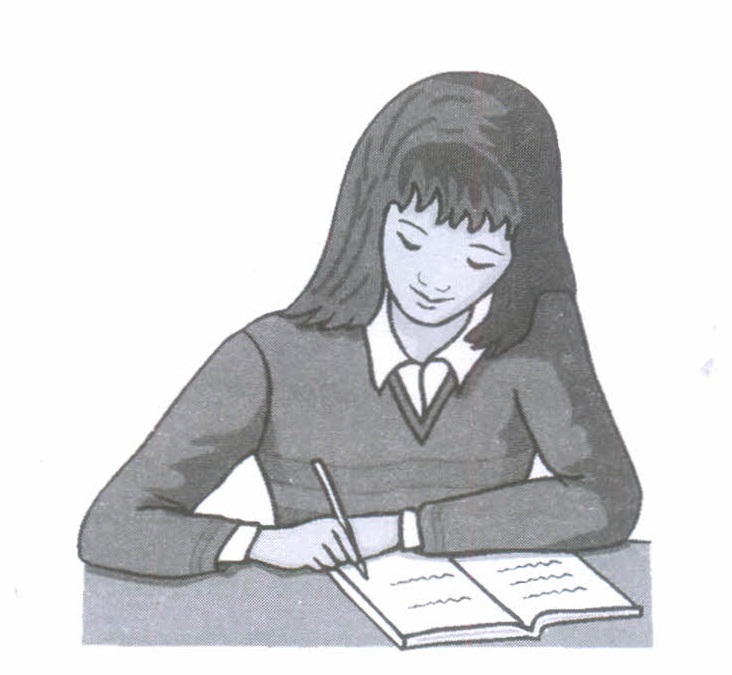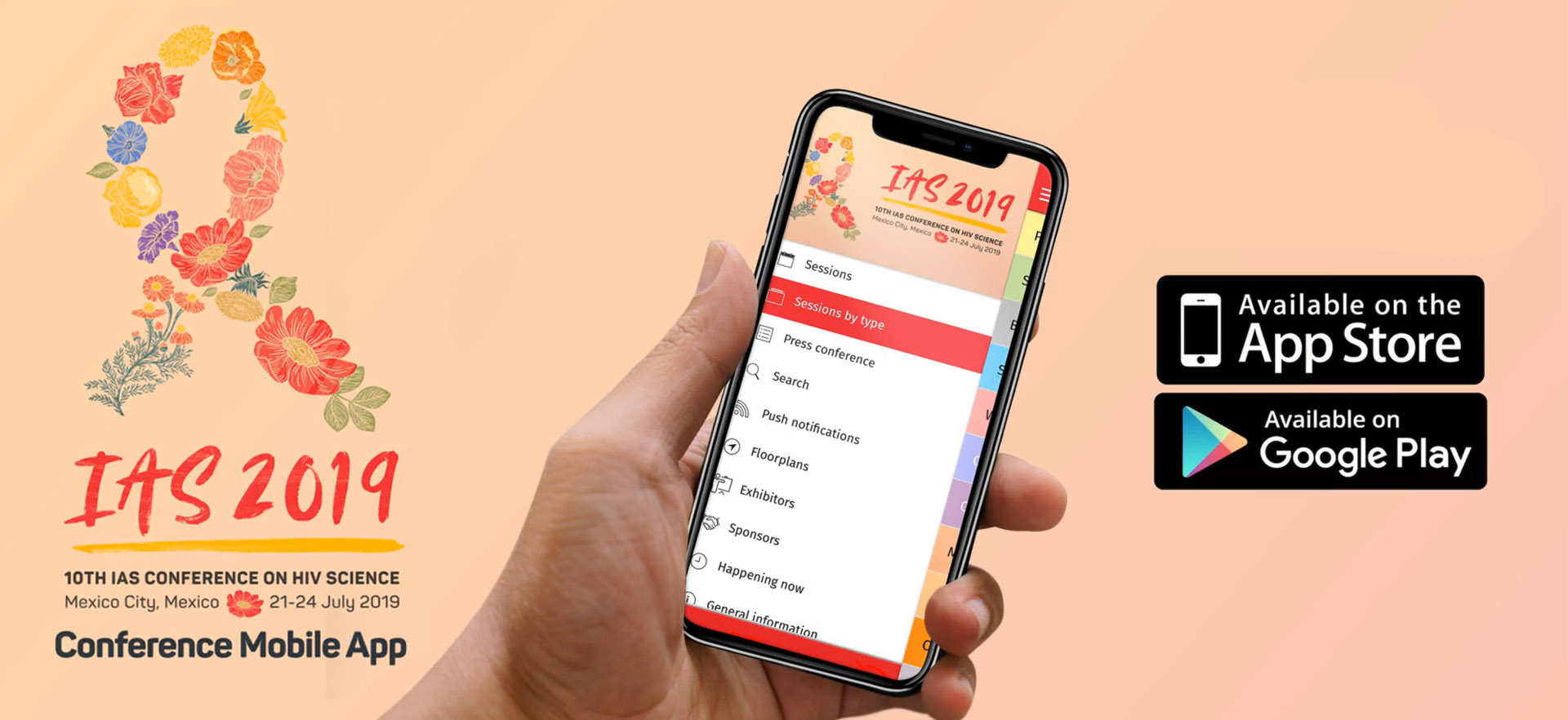CBSE 12th Standard Maths Subject Probability Case Study Questions 2021
By QB365
QB365 Provides the updated CASE Study Questions for Class 12 Maths, and also provide the detail solution for each and every case study questions . Case study questions are latest updated question pattern from NCERT, QB365 will helps to get more marks in Exams
QB365 - Question Bank Software
CBSE 12th Standard Maths Probability Case Study Questions 2021
12th Standard CBSE
-
Reg.No. :
Maths
-
Three friends A, B and C are playing a dice game. The numbers rolled up by them in their first three chances were noted and given by A = {1, 5},B = {2, 4, 5} and C = {1, 2, 5} as A reaches the cell 'SKIP YOUR NEXT TURN' in second throw.

Based on the above information, answer the following questions.
(i) P (A I B) =\((a) \ \frac{1}{6}\) \((b) \ \frac{1}{3}\) \((c) \ \frac{1}{2}\) \((d) \ \frac{2}{3}\) (ii) P (B I C) =
\((a) \ \frac{2}{3}\) \((b) \ \frac{1}{12}\) \((c) \ \frac{1}{9}\) \((d) \ 0\) (iii) P (A ⋂ B I C) =
\((a) \ \frac{1}{6}\) \((b) \ \frac{1}{2}\) \((c) \ \frac{1}{12}\) \((d) \ \frac{1}{3}\) (iv) P (A I C) =
\((a) \ \frac{1}{4}\) \((b) \ 1\) \((c) \ \frac{2}{3}\) (d) None of these (v) P (A ∪ B I C) =
\((a) \ 0\) \((b) \ \frac{1}{2}\) \((c) \ \frac{2}{3}\) \((d) \ 1\) (a) -
In a play zone, Aastha is playing crane game. It has 12 blue balls, 8 red balls, 10 yellow balls and 5 green balls. If Aastha draws two balls one after the other without replacement, then answer the following questions.

(i) What is the probability that the first ball is blue and the second ball is green?\((a) \ \frac{5}{119}\) \((b) \ \frac{12}{119}\) \((c) \ \frac{6}{119}\) \((d) \ \frac{5}{119}\) (ii) What is the probability that the first ball is yellow and the second ball is red?
\((a) \ \frac{6}{119}\) \((b) \ \frac{8}{119}\) \((c) \ \frac{24}{119}\) (d) None of these (iii) What is the probability that both the balls are red?
\((a) \ \frac{4}{85}\) \((b) \ \frac{24}{595}\) \((c) \ \frac{12}{119}\) \((c) \ \frac{64}{119}\) (iv) What is the probability that the first ball is green and the second ball is not yellow?
\((a) \ \frac{10}{119}\) \((b) \ \frac{6}{85}\) \((c) \ \frac{12}{119}\) (d) None of these (v) What is the probability that both the balls are not blue?
\((a) \ \frac{6}{595}\) \((b) \ \frac{12}{85}\) \((c) \ \frac{15}{17}\) \((d) \ \frac{253}{595}\) (a) -
Ajay enrolled himself in an online practice test portal provided by his school for better practice. Out of 5 questions in a set-I, he was able to solve 4 of them and got stuck in the one which is as shown below.

If A and B are independent events, P(A) = 0.6 and P(B) = 0.8, then answer the following questions.
(i) P (A \(\cap\) B) =(a) 0.2 (b) 0.9 (c) 0.48 (d) 0.6 (ii) P (A \(\cup\) B) =
(a) 0.92 (b) 0.08 (c) 0.48 (d) 0.64 (iii) P (B | A) =
(a) 0.14 (b) 0.2 (c) 0.6 (d) 0.8 (iv) P (A | B) =
(a) 0.6 (b) 0.9 (c) 0.19 (d) 0.11 (v) P ( not A and not B ) =
(a) 0.01 (b) 0.48 (c) 0.08 (d) 0.91 (a) -
A doctor is to visit a patient. From the past experience, it is known that the probabilities that he will come by cab, metro, bike or by other means of transport are respectively 0.3, 0.2, 0.1 and 0.4. The probabilities that he will be late are 0.25, 0.3, 0.35 and 0.1 if he comes by cab, metro, bike and other means of transport respectively.

Based on the above information, answer the following questions.
(i) When the doctor arrives late, what is the probability that he comes by metro?\((a) \ \frac{5}{4}\) \((b) \ \frac{2}{7}\) \((c) \ \frac{5}{21}\) \((d) \ \frac{1}{6}\) (ii) When the doctor arrives late, what is the probability that he comes by cab?
\((a) \ \frac{4}{21}\) \((b) \ \frac{1}{7}\) \((c) \ \frac{5}{14}\) \((d) \ \frac{2}{21}\) (iii) When the doctor arrives late, what is the probability that he comes by bike?
\((a) \ \frac{5}{21}\) \((b) \ \frac{4}{7}\) \((c) \ \frac{5}{6}\) \((d) \ \frac{1}{6}\) (iv) When the doctor arrives late, what is the probability that he comes by other means of transport?
\((a) \ \frac{6}{7}\) \((b) \ \frac{5}{14}\) \((c) \ \frac{4}{21}\) \((d) \ \frac{2}{7}\) (v) What is the probability that the doctor is late by any means?
\((a) \ 1\) \((b) \ 0\) \((c) \ \frac{1}{2}\) \((d) \ \frac{1}{4}\) (a) -
Suman was doing a project on a school survey, on the average number of hours spent on study by students selected at random. At the end of-survey, Suman prepared the following report related to the data. Let X denotes the average number of hours spent on study by students. The probability that X can take the values x, has the following form, where k is some unknown constant.
\(P(X=x)=\left\{\begin{array}{l} 0.2, \text { if } x=0 \\ k x, \text { if } x=1 \text { or } 2 \\ k(6-x), \text { if } x=3 \text { or } 4 \\ 0, \text { otherwise } \end{array}\right.\)

Based on the above information, answer the following questions.
(i) Find the value of k.(a) 0.1 (b) 0.2 (c) 0.3 (d) 0.05 (ii) What is the probability that the average study time of students is not more than 1 hour?
(a) 0.4 (b) 0.3 (c) 0.5 (d) 0.1 (iii) What is the probability that the average study time of students is at least 3 hours?
(a) 0.5 (b) 0.9 (c) 0.8 (d) 0.1 (iv) What is the probability that the average study time of students is exactly 2 hours?
(a) 0.4 (b) 0.5 (c) 0.7 (d) 0.2 (v) What is the probability that the average study time of students is at least 1 hour?
(a) 0.2 (b) 0.4 (c) 0.8 (d) 0.6 (a)
Case Study Questions































